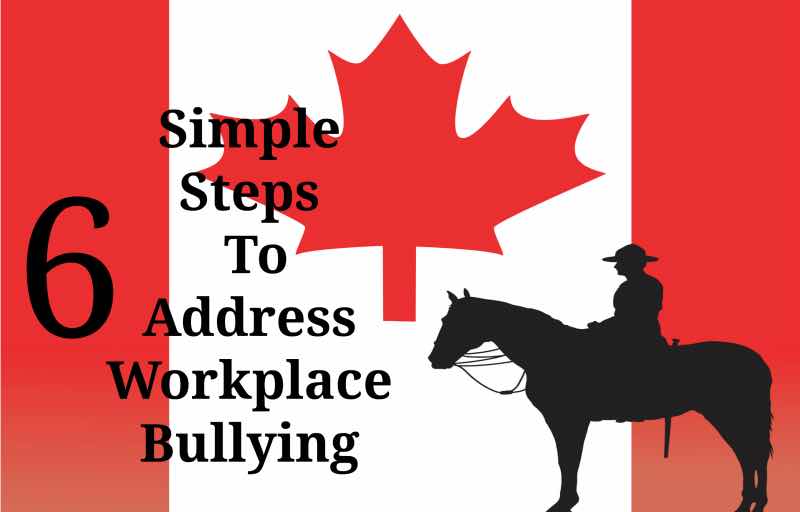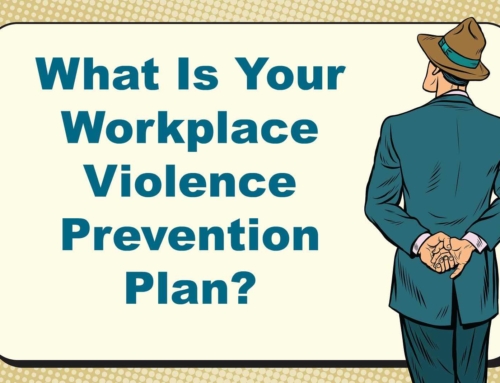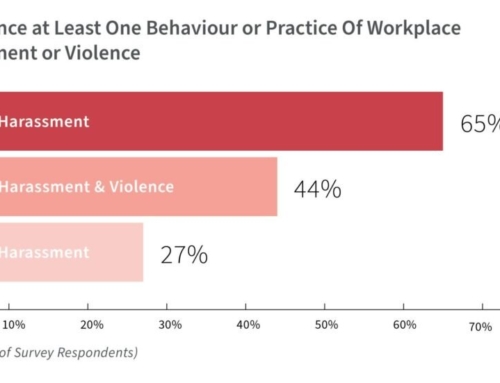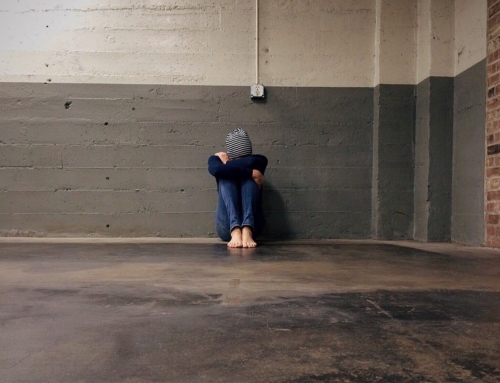Are you like me?
Anytime I see a title like the one at the top of this post, I think to myself, “Can it really be as easy as just 6 Steps?” I am a sceptic. You might well be one too. Especially when it comes to something as serious as workplace bullying.
There are many different definitions of workplace bullying.
Here in British Columbia, Canada, WorkSafeBC defines bullying and harassment as behaviour which:
…includes any inappropriate conduct or comment by a person towards a worker that the person knew or reasonably ought to have known would cause that worker to be humiliated or intimidated.
Workplace bullies are really just grown up versions of the schoolyard bully. I should know. I’ve met them both in my schoolyard back in England and here in the workplace in Canada. In an effort to overcome their own insecurities, bullies often attempt to dominate and control their victims. They often have poor or non-existent social skills and lack empathy for others.
Broad Definition of Workplace Bullying
Broadly defined, bullying is any behaviour that intimidates, humiliates or demeans a person. Sometimes the behaviour is directed at one particular employee while at other times it could be part of a much bigger problem where the entire workplace becomes a hostile or poisoned environment.
Examples of bullying behaviour can range from obvious to quite indirect and subtle.
Bullying Behavior
- Physically abusive or aggressive behaviour such as pushing, hitting, finger pointing or standing close to the victim in an aggressive manner
- Verbally abusive behaviour such as yelling, insults and name calling
- Persistent, excessive and unjustified criticism and constant scrutiny
- Spreading malicious rumours
- Excluding or ignoring the victim
- Undermining the victim’s efforts by setting impossible goals and deadlines
- Sabotaging the employee’s work
- Hindering an employee’s efforts at promotions or transfers
- Making false allegations in memos or other company documents
Does any of this sound familiar to you? The impact and effect of bullying on victims are significant and shows up in a wide variety of ways.
Victims of Workplace Behaviors
- Blame themselves and doubt their self-worth
- Be seen as weaker or less competent by their co-workers
- Be less productive
- Suffer from stress-related illnesses, including headaches, inability to concentrate, sleeping and eating disorders, depression, and panic attacks
- A greater risk of alcoholism or suicide
- Feel the effects in their home lives as the stress is carried over
- Be fired, miss out on a promotion, or quit their jobs
Allegations of Harassment and Sexual Misconduct at the RCMP’s Canadian Police College Explosives Training Unit in Ottawa, Ontario
The problem is that workplace bullies often operate within the established rules and policies of the employer and can be hard to address.
The fact is workplace bullying is four times more common than either sexual harassment or racial discrimination on the job.
According to business.com, forty percent (40%) of targets never tell their employers and another 65.6% are affected by bullying.
To provide a real example of what I am speaking of here is a recent case regarding Allegations of Harassment and Sexual Misconduct at the RCMP’s Canadian Police College Explosives Training Unit in Ottawa, Ontario. They have just had their investigative findings report released.
It makes for a fascinating read, and also a sad one.
In the document released publically on July 14th 2016, details are provided of the interviews that were conducted during the investigation.
According to witnesses who were interviewed during this review process, the acts of misconduct by Staff Sergeant Solesme and Civilian Manager Calandrini were not immediately reported by employees who witnessed the behaviour, nor fully detailed any of it, due to embarrassment and fear of reprisals or being labelled as “rats.”
Additionally, witnesses reported that the delay in suspending Staff Sergeant Solesme and Civilian Manager Calandrini (once the complaints were made) had a detrimental effect on workplace wellness. Their presence during the ongoing investigations served to raise the level of toxicity that existed within the workplace.
Witnesses alleged that they were bullied and intimidated by Staff Sergeant Solesme and Civilian Manager Calandrini during this time.
The cost of a workplace bully can dramatically impact an organization in so many ways and is an unnecessary and preventable hazard.
6 Simple Steps to Address Workplace Bullying
- Develop and articulate a zero workplace bullying policy or a zero tolerance policy
- Document all complaints,violations of company policy, emails or other communications and corrective disciplinary action taken
- Provide a safe environment to foster open discussion about the issue of workplace bullying
- Provide leaders and employees with training on how to spot a workplace bully
- Provide leaders with training on conflict management and provide resources, such as outside facilitators and coaches, to aid in dealing with workplace bullies
- Be transparent,listen to your employees and do the right thing, not the easy thing
Here I have to admit full disclosure. These steps aren’t so ‘simple’ but they aren’t difficult either. As a result of the findings identified in the RCMP investigative review, 28 recommendations have been made to their senior executive.
These recommendations address specific lessons learned from the investigations into these events, as well as a wide range of issues, including governance, human resource management, and accountability and communication practices in the RCMP.
In fact, all of the recommendations touch on the ‘6 Simple Steps.’
Please learn from the nightmare that the RCMP employees had to endure, and look at this as your opportunity to be proactive…rather than reactive to the issue of workplace bullying.
6 Simple Steps.







Leave A Comment